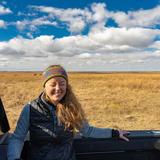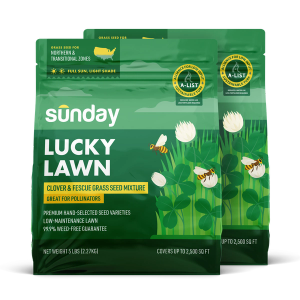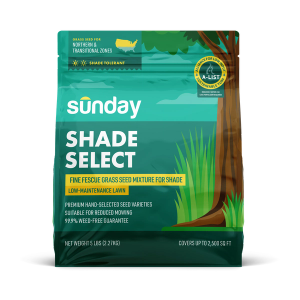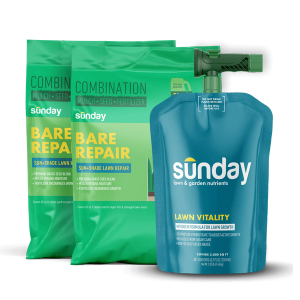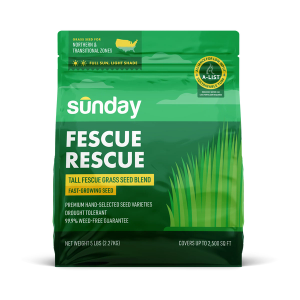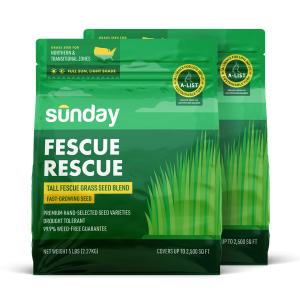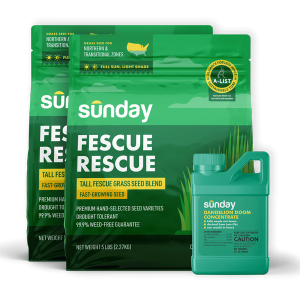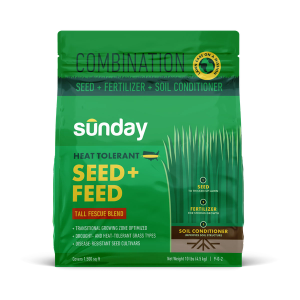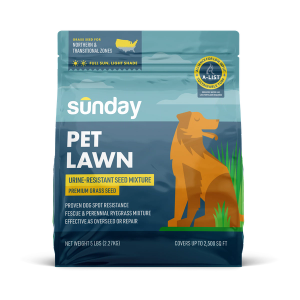But first, what are wildflowers?
Wildflowers are annual, perennial, and biennial herbaceous plants that are native to particular habitats or regions. In a controlled, landscaped setting, these flowering plants can be native species, but can also be introduced (exotic) or naturalized species, as well as nativars or cultivars.
Beyond their beauty, wildflowers provide us with a variety of ecosystem services, including:
- Increasing carbon sequestration
- Improving soil health
- Preventing erosion
- Managing and filtering stormwater
- Reducing the impacts of drought
Wildflowers are also the driving force for life on our planet: pollinators! They provide critical habitat and foraging resources to pollinators and other wildlife, help to reduce or limit invasive plant infestations, and even add supplemental dietary needs to free-range livestock.
Did you know? Monarch butterflies have decreased by 90% in the past 20 years.
In an ever-changing world, bees, bats, moths, hummingbirds, butterflies, and other pollinators are having a difficult time keeping up. New weather patterns, climate change, pesticide use, disease, habitat fragmentation, and habitat loss have all contributed to deep declines in their populations. For many pollinators, the threat of extinction is real.
Pollinators also play a huge role in what you see on your grocery shelves. Worldwide, about 80% of crop plants that produce food and other plant-derived products require animal pollination. In the United States alone, the value of pollinators for crop production is estimated to be about $3 billion dollars annually. Furthermore, roughly ¾ of the 240,000+ species of the world’s flowering plants rely on animal pollinators. With pollinators supporting most of the essential ecosystem services and food sources for humans and other wildlife, it really puts into perspective how important pollinators and wildflowers are. So, what can we do to help?
Sunday wildflowers and your lawn
American lawns make up 40 million acres. If even a small percentage of those lawns converted some square footage to wildflowers (or other pollinator-supporting flowers like clovers), it would make a positive impact on increasing pollinator habitat.
That’s why Sunday now sends regional wildflower seed packets to every customer, with species selected for their beauty, hardiness, and their benefits for local pollinators. If every Sunday member plants theirs, that’s hundreds of thousands more wildflowers and more unfragmented "pollinator pathways" in our communities.
Sunday Fact: We donate seed packets to local environmental groups and 1% for the Planet Partners annually. It’s certainly not going to solve everything, but it’s progress!
What to know before planting
It’s important to know wildflowers require specific environmental conditions to thrive and may require some extra time and patience to reach establishment. However, if given enough of the right care, wildflowers can be successfully grown in a home garden or yard. These beautiful flowering plants will require less water, less fertilizer, are more resilient to diseases/pathogens, and may assist with pest management. Plus, once your wildflowers have established, you will reap the benefits of less maintenance while experiencing the multitude of ecosystem services wildflowers provide to us.
Go forth and plant
We recommend first reading the back of your Sunday wildflower seed packet for planting instructions. Once you have an idea of where you’d like to plant the seeds in your landscape, read our Wildflower Planting and Care guide.
Wildflower plant term definitions
Unsure of some of the words above?
- Annual - plants that complete their life cycles in one year or less.
- Perennial - Plants that do not die after flowering but live from year to year.
- Biennial - plants that require 2 years, or 2 growing seasons with a dormant period in between, to complete their life cycles.
- Native - A plant that is a part of the balance of nature that has developed over hundreds or thousands of years in a particular region or ecosystem.
- Non-Native - A plant introduced with human help (intentionally or accidentally) to a new place or new type of habitat where it was not previously found.
- Invasive - A plant that is both non-native and able to establish on many sites, grow quickly, and spread to the point of disrupting plant communities or ecosystems.
- Naturalized - A non-native plant that does not need human help to reproduce and maintain itself over time in an area where it is not native.
- Introduced (Exotic) - A plant not native to the continent on which it is now found.
- Nativar - a natural variant that has been found in the wild and brought into cultivation, but often it has been developed by a plant breeder and would never be found in nature.
- Cultivar - A plant derived from a cultivated variety that has originated and persisted under cultivation, not necessarily referable to a botanical species, and of botanical or horticultural importance, requiring a name.
- Ecosystem Services - Benefits people (humans) obtain from ecosystems.
Cited sources
Glossary of Horticultural Terms. NYS Horticulture Study Guide For Youth.
Managing Michigan Wildlife: A Landowners Guide. Michigan United Conservation Clubs.
Mapping and Modeling the Biogeochemical Cycling of Turf Grasses in the United States. Environmental Management.
Invasive Plants. USDA.
Native, or Not So Much?. National Wildlife Federation.
Pollinator Conservation Program. Xerces Society.
Status of Pollinators in North America. The National Academies Press.
Western Monarch Call to Action. Xerces Society.
Why is Pollination Important?. U.S. Forest Service.
Wildflowers Ethics and Native Plants. USDA Forest Service.
Wildflowers in the Home Landscape. University of Missouri Extension.

